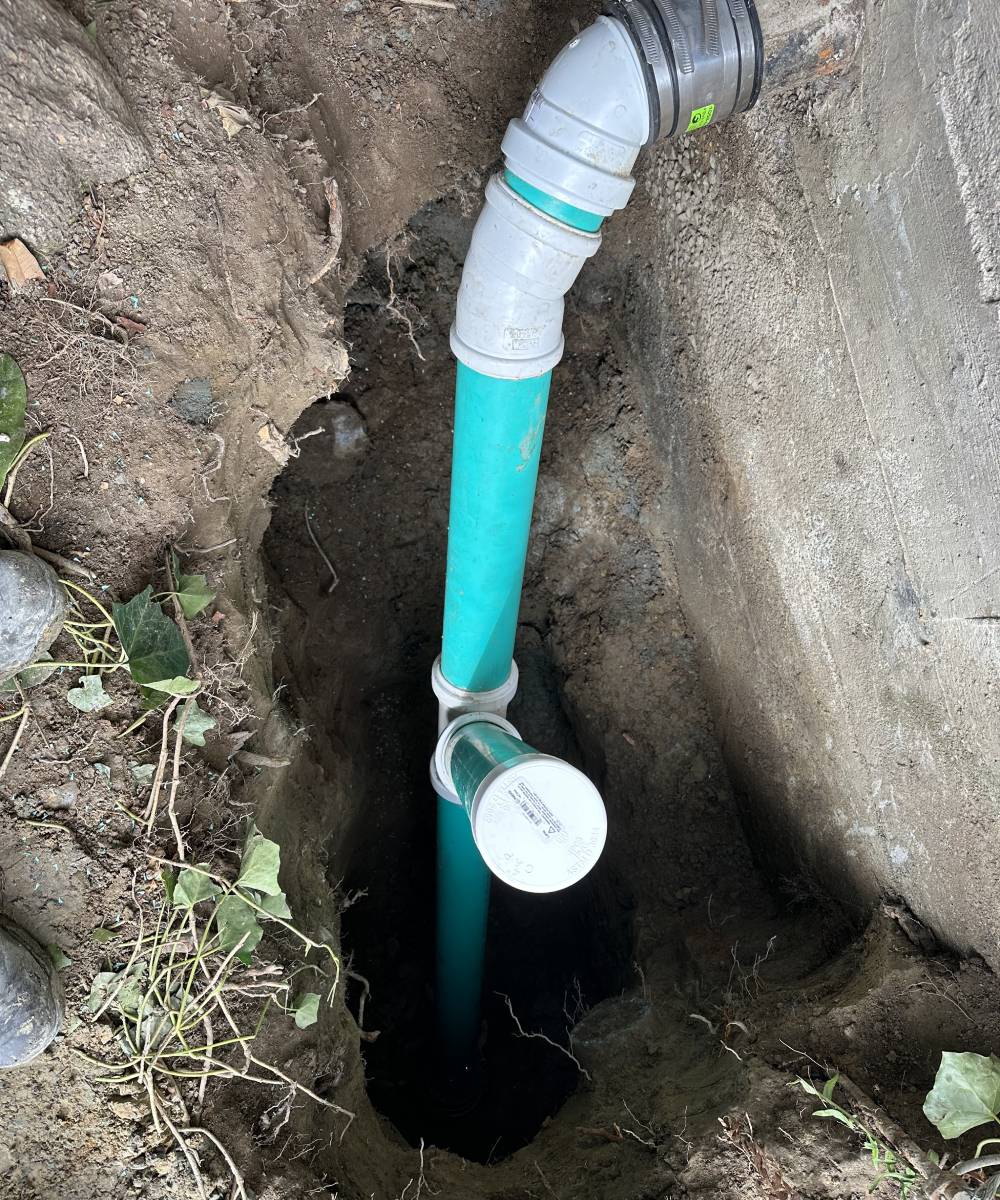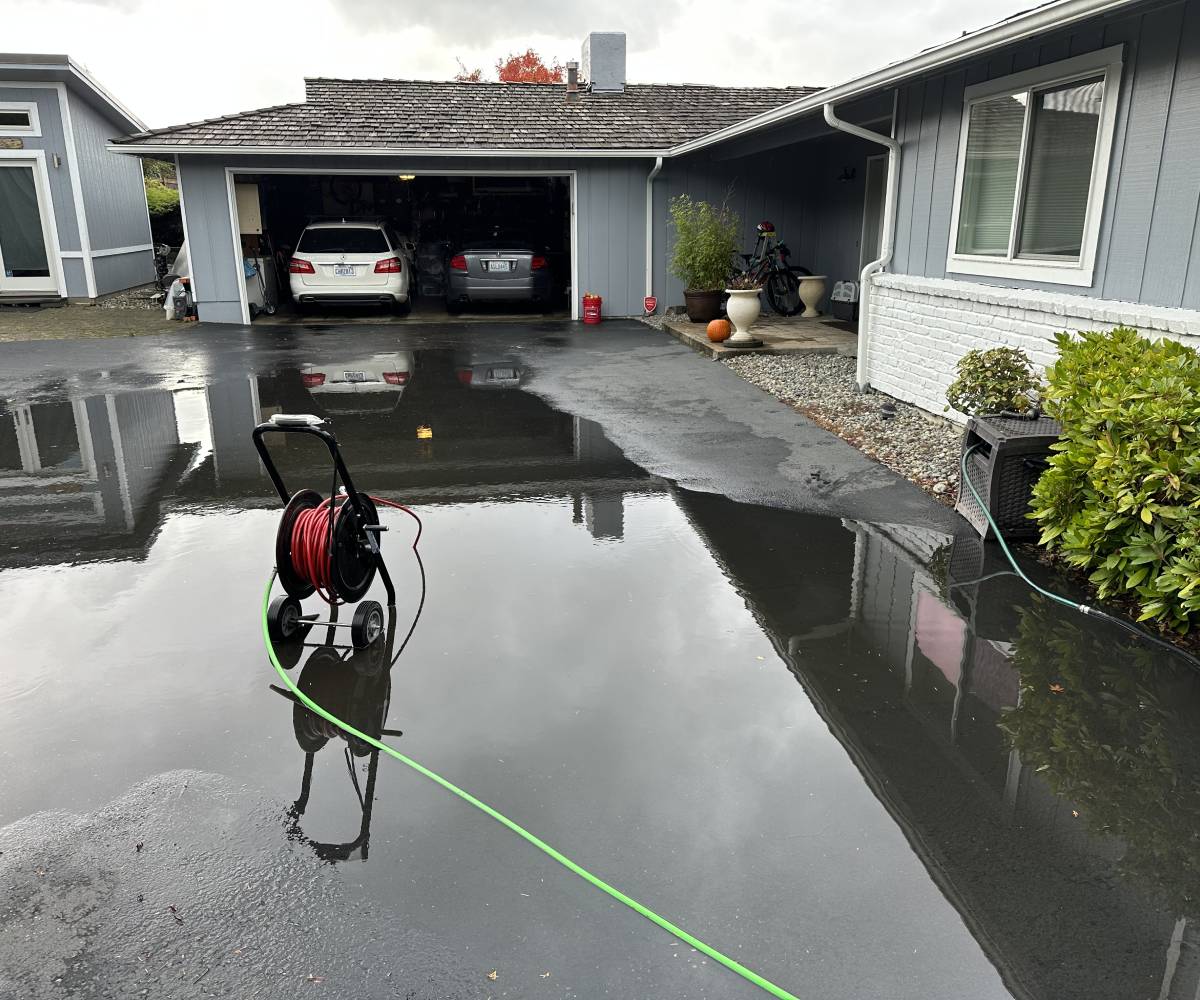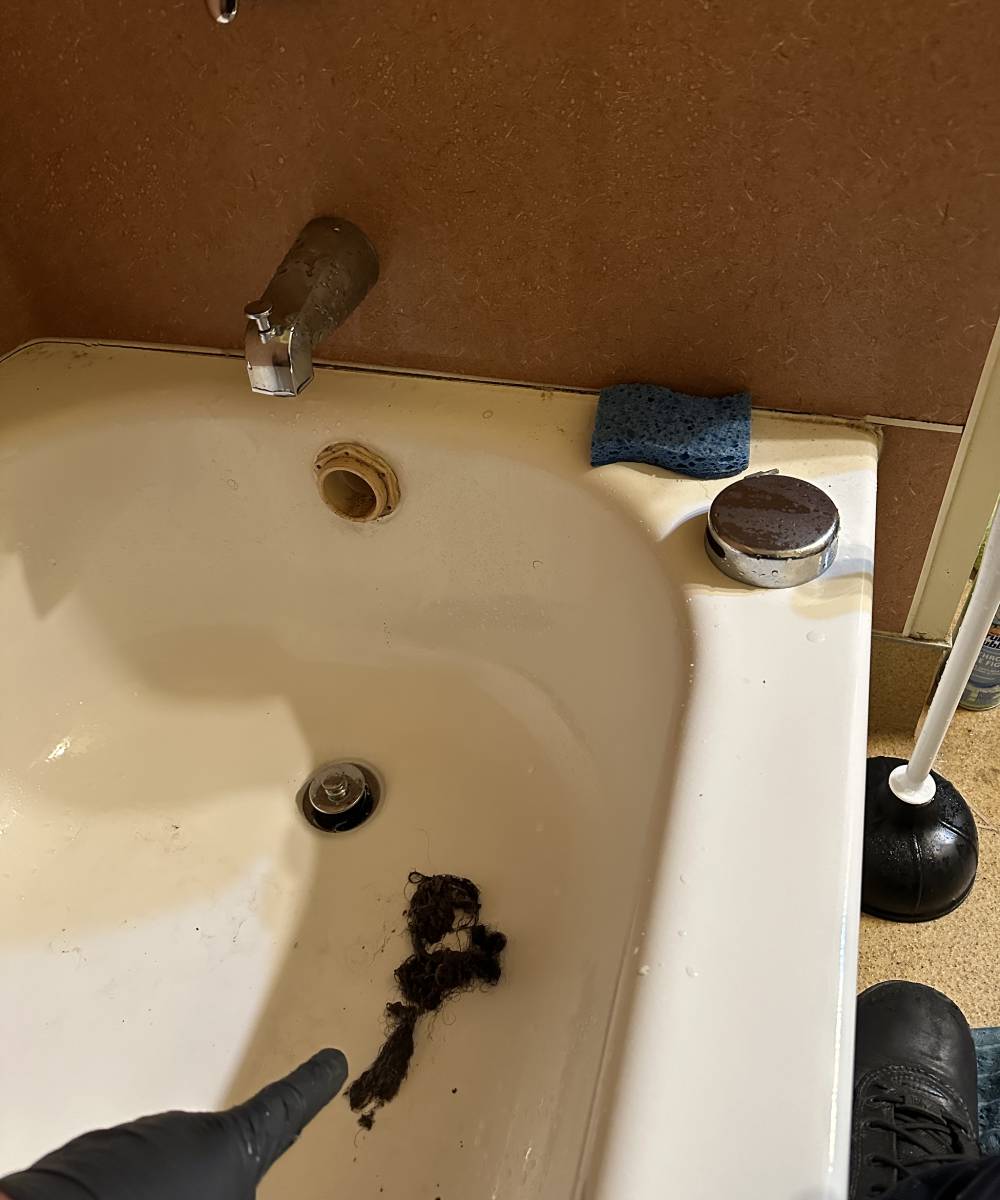Sewer line collapse is every homeowner’s nightmare. Imagine waking up to sewage backups, foul odors, or even a sinkhole in your yard—all signs of a failing sewer system. At KnightRooter, we’ve seen it all, and we’re here to help you understand what causes sewer lines to collapse and, more importantly, how to avoid it. Whether you’re in Seattle or surrounding areas, protecting your plumbing starts with knowledge and proactive care. In this guide, we’ll dive into the top reasons behind sewer line failures and share practical prevention tips to keep your pipes flowing smoothly.
What Causes Sewer Lines to Collapse?
Sewer line collapse doesn’t happen overnight—it’s often the result of gradual wear or sudden stress. Let’s break down the most common culprits:
Tree Root Intrusion
Tree roots are relentless invaders. They seek out water and nutrients, and your sewer line is a prime target. In older Seattle homes with clay or concrete pipes, roots can sneak through joints, crack pipes, and eventually cause a full collapse. According to experts, tree roots are one of the leading causes of sewer line damage in the Pacific Northwest, where big trees thrive.
Aging Pipes
Time spares no one—not even your sewer lines. Many homes in Seattle were built decades ago with materials like clay, cast iron, or Orangeburg pipes. These materials degrade over time, becoming brittle and prone to collapse under pressure. If your home is over 50 years old, your sewer system might be on borrowed time.
Soil Shifting and Erosion
The ground beneath your property isn’t static. Heavy rain, poor drainage, or natural settling can shift soil, putting uneven pressure on sewer pipes. In Seattle’s wet climate, erosion is a real threat, washing away the soil that supports your lines and leaving them vulnerable to collapse.
Blockages and Clogs
What you flush matters. Grease, wipes, and other “flushable” items can build up, creating blockages that strain your pipes. Over time, this pressure can weaken pipe walls, leading to cracks or a complete collapse. One stubborn clog could be the tipping point.
Poor Installation or Materials
Not all sewer lines are created equal. Shoddy installation or low-quality materials can doom a system from the start. If your pipes weren’t laid at the proper slope or used subpar connectors, they’re more likely to fail under stress.

Signs Your Sewer Line Might Be Collapsing
Catching a problem early can save you from a messy disaster. Watch for these red flags:
- Slow Drains: Multiple drains slowing down could signal a deeper issue.
- Sewage Backups: Wastewater in your sinks or toilets is a major warning sign.
- Foul Odors: A persistent sewer smell means something’s wrong underground.
- Lush Grass Patches: Oddly green spots in your yard could indicate a leaking sewer line.
- Sinkholes or Cracks: Visible dips or foundation damage suggest a collapse is underway.
If you notice any of these, don’t wait—contact KnightRooter for a professional inspection.
How to Prevent Sewer Line Collapse
Prevention is cheaper than repair, and at KnightRooter, we’re all about keeping your plumbing in top shape. Here’s how to avoid a sewer line collapse:
Regular Inspections
Schedule a sewer camera inspection every 1–2 years. This lets us spot cracks, roots, or weak spots before they turn into emergencies. In Seattle, where roots and rain are constant threats, staying ahead is key.
Root Barriers and Maintenance
If trees are near your sewer line, install root barriers to block their path. Pair this with periodic root removal using hydro-jetting or chemical treatments like Root-X. KnightRooter offers expert root-clearing services to keep your pipes safe.
Proper Waste Disposal
Only flush toilet paper and human waste—nothing else. Grease, wipes, and food scraps belong in the trash. Educating your household can prevent clogs that lead to collapse.
Pipe Upgrades and Repairs
If your pipes are old or damaged, consider upgrading to modern materials like PVC or HDPE. These are tougher, root-resistant, and built to last. For minor issues, trenchless repairs can fix problems without tearing up your yard.
Why Choose KnightRooter for Sewer Line Solutions?
At KnightRooter, we’re Seattle’s trusted experts in sewer line repair and maintenance. Our team uses cutting-edge technology, like trenchless repair methods, to fix your pipes fast and affordably. We know the unique challenges of the Puget Sound region—from rainy weather to aging infrastructure—and we tailor our solutions to fit. Need sewer line repair in Seattle? We’ve got you covered with 24/7 service and a commitment to your satisfaction.
Conclusion
A collapsed sewer line is a headache you don’t want—but it’s preventable with the right care. From tree roots to old pipes, understanding the causes empowers you to act early. At KnightRooter, we’re here to help with expert inspections, repairs, and advice tailored to Seattle homeowners. Don’t wait for a disaster—reach out today to safeguard your sewer system and keep your home running smoothly.
FAQ
1. How long do sewer lines last?
2. Can tree roots really collapse a sewer line?
3. What’s the cost of fixing a collapsed sewer line?
4. How can I tell if my sewer line is collapsing?
5. Does KnightRooter offer emergency services?
For professional and fast drain cleaning Bothell, drain cleaning Seattle, and drain cleaning Bellevue, contact KnightRooter. Our team is ready to provide the best solutions for your drain issues.




No comment yet, add your voice below!